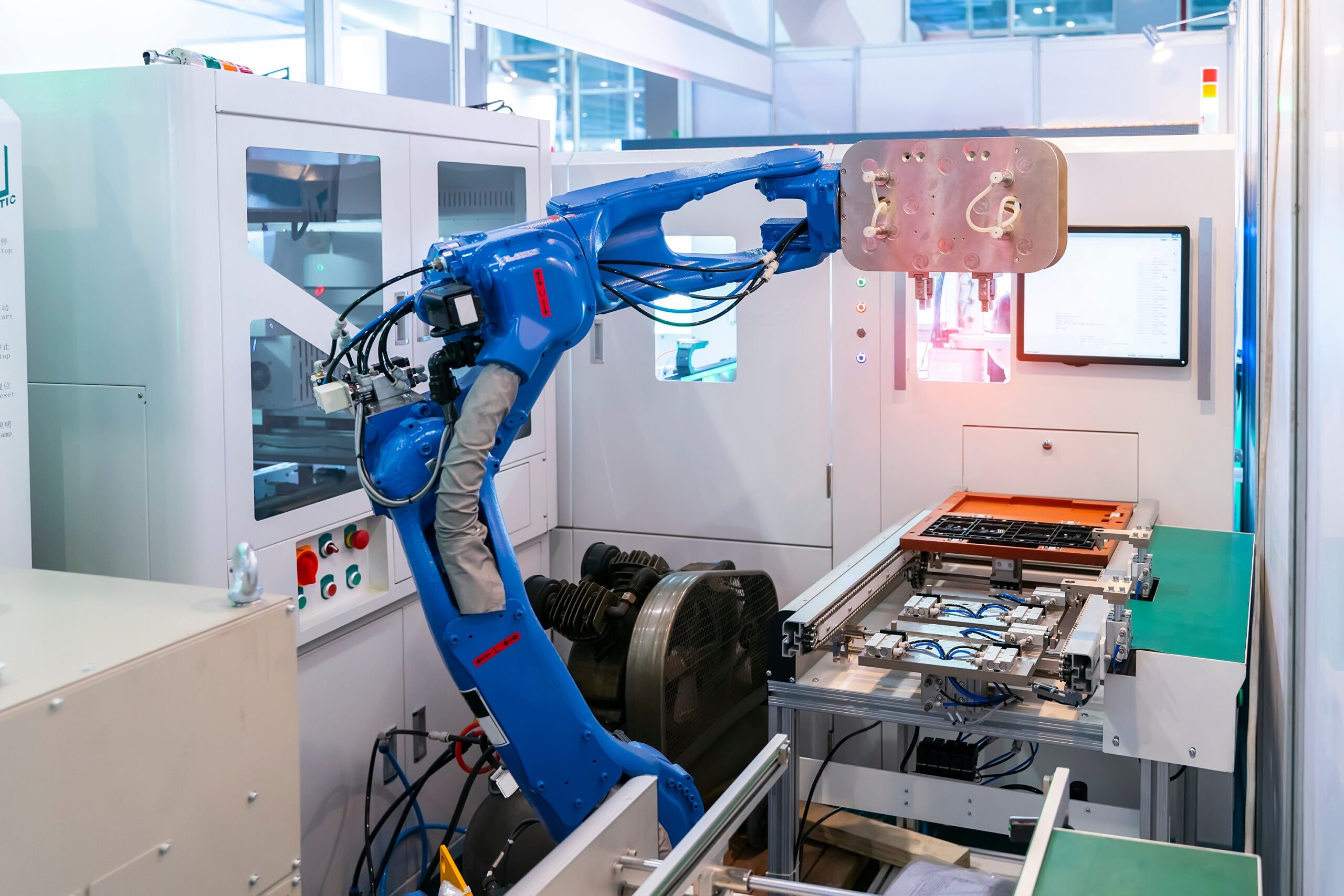In the life sciences industry, validating new production lines is a pivotal process that ensures the quality, safety, and efficacy of products. Whether it’s pharmaceuticals, biologics, medical devices, or other life science products, validation plays a critical role in meeting regulatory requirements and maintaining high standards of manufacturing.
Production line validation is a documented process that provides evidence that a manufacturing line operates within predefined specifications and consistently produces products that meet quality standards. The goal is to confirm that every aspect of the production line—from equipment and processes to personnel training and environmental conditions—functions as intended and produces a product that is safe for consumer use.
The validation process typically involves several stages:
- Design Qualification (DQ): This initial phase ensures that the design of the production line meets the required specifications and regulatory standards. It involves reviewing equipment selection, facility layout, and process flows to confirm that they align with the intended purpose and comply with industry regulations.
- Installation Qualification (IQ): During IQ, the focus is on verifying that all equipment and systems have been installed correctly according to design specifications. This includes checking that the equipment is placed in the correct locations, connected properly, and that all components meet the manufacturer’s specifications.
- Operational Qualification (OQ): OQ involves testing the production line under normal operating conditions to ensure that it functions as expected. This phase includes running the equipment at different operating ranges and testing various scenarios to confirm that the production line operates consistently and reliably.
- Performance Qualification (PQ): In the PQ phase, the production line is tested under actual production conditions. This stage involves running the line with the intended materials, personnel, and production volumes to ensure that it produces a consistent product that meets all quality standards. PQ is critical for demonstrating that the production line can perform consistently over time.
- Process Validation (PV): Process validation is an ongoing activity that involves monitoring the production line during routine operations to ensure that it continues to produce quality products. This stage includes ongoing assessments, regular inspections, and revalidation activities to address any changes or deviations that may occur.
Validation is not just a regulatory requirement; it is essential for ensuring product quality and patient safety. Regulatory agencies such as the FDA and EMA require thorough validation of production lines to ensure that products meet safety and efficacy standards. Failure to validate a production line can result in regulatory penalties, product recalls, and damage to a company’s reputation.
Validation ensures that products are manufactured to the highest quality standards. By verifying that the production line operates consistently and within specified parameters, companies can reduce the risk of defects, contamination, and other quality issues. The validation process also helps identify and mitigate potential risks associated with the production line. By addressing these risks early on, companies can prevent costly production errors and ensure the safety of their products.
While validation requires a significant investment of time and resources, it ultimately leads to cost savings by reducing the likelihood of product failures, rework, and recalls. A validated production line operates more efficiently and with fewer disruptions, leading to better overall productivity.
Validating a new production line in the life sciences industry is a complex and challenging task. Some of the key challenges include:
- Complexity of Systems: Life science products often require highly specialized manufacturing processes and equipment. Validating these complex systems can be time-consuming and require a deep understanding of the technology and processes involved.
- Regulatory Requirements: Compliance with regulatory standards is a significant challenge. Different regions and regulatory bodies have varying requirements, and staying up-to-date with these standards is essential for successful validation.
- Data Integrity: Ensuring data integrity throughout the validation process is critical. Accurate and reliable data is necessary to demonstrate that the production line meets all quality and regulatory requirements.
- Change Management: The introduction of a new production line often involves changes to existing processes, equipment, and personnel. Managing these changes effectively is crucial to maintaining consistency and quality during validation.
To ensure a successful validation process, companies should adhere to the following best practices:
- Develop a Comprehensive Validation Plan: A well-documented validation plan is essential for guiding the validation process. This plan should outline the objectives, scope, responsibilities, and timelines for each stage of validation.
- Involve Cross-Functional Teams: Validation requires collaboration between various departments, including engineering, quality assurance, regulatory affairs, and production. Involving cross-functional teams ensures that all aspects of the production line are thoroughly evaluated.
- Conduct Thorough Risk Assessments: Identifying and assessing risks early in the validation process helps prevent potential issues and ensures that the production line operates within safe parameters.
- Maintain Detailed Documentation: Accurate and detailed documentation is critical for demonstrating compliance and for future audits. All validation activities, results, and deviations should be thoroughly documented and stored securely.
- Implement Continuous Monitoring: Validation is not a one-time activity; it requires ongoing monitoring and revalidation. Implementing a robust monitoring system ensures that the production line continues to operate effectively and meets all quality standards over time.
Validating a new production line for a life science company is a critical step in ensuring product quality, regulatory compliance, and patient safety. By following a structured validation process and adhering to best practices, companies can achieve successful validation outcomes and maintain high standards of manufacturing excellence.
If you need support with process validation, EMMA International’s team of engineering and quality experts are here to help. Call us at 248-987-4497 or email info@emmainternational.com today to learn more.





